Our house is located on a site that slopes from front to back. It was built into the slope in such a way that we ended up with a messy, disjointed arrangement of different levels at the back of the house and one back door even had a two-metre drop to the ground level. We have never had the time to resolve the slope at the back, except to gradually pile infill material over the years with a view to eventually creating a series of level terraces and planted areas linked by steps. This year, we have finally begun work on this area.
Practical solution
While terracing probably sounds like something posh, it’s a very practical solution that can create a usable and unique outdoor space and garden where before only a slope existed. Sloped gardens are often viewed as problem sites, but they present fantastic creative opportunities and open new ways to experience and view a garden, whether it’s from up high, or down below.
In developing the design for our terraced garden, we considered the views both to and from the house. We opted for an arrangement of terraces that offers a combination of an east-facing aspect for morning sun, a sunny, south-facing aspect for sitting and dining outdoors and a shady and sheltered north-facing aspect. When you’re considering a terraced garden, it works well if you can give each terraced level a specific purpose; for instance, a place for relaxing in the sun, socialising, or dining, areas for storage, playing, or adding a water feature or pond or maybe a hot tub. The sizing of each level terrace is determined by its specific purpose.
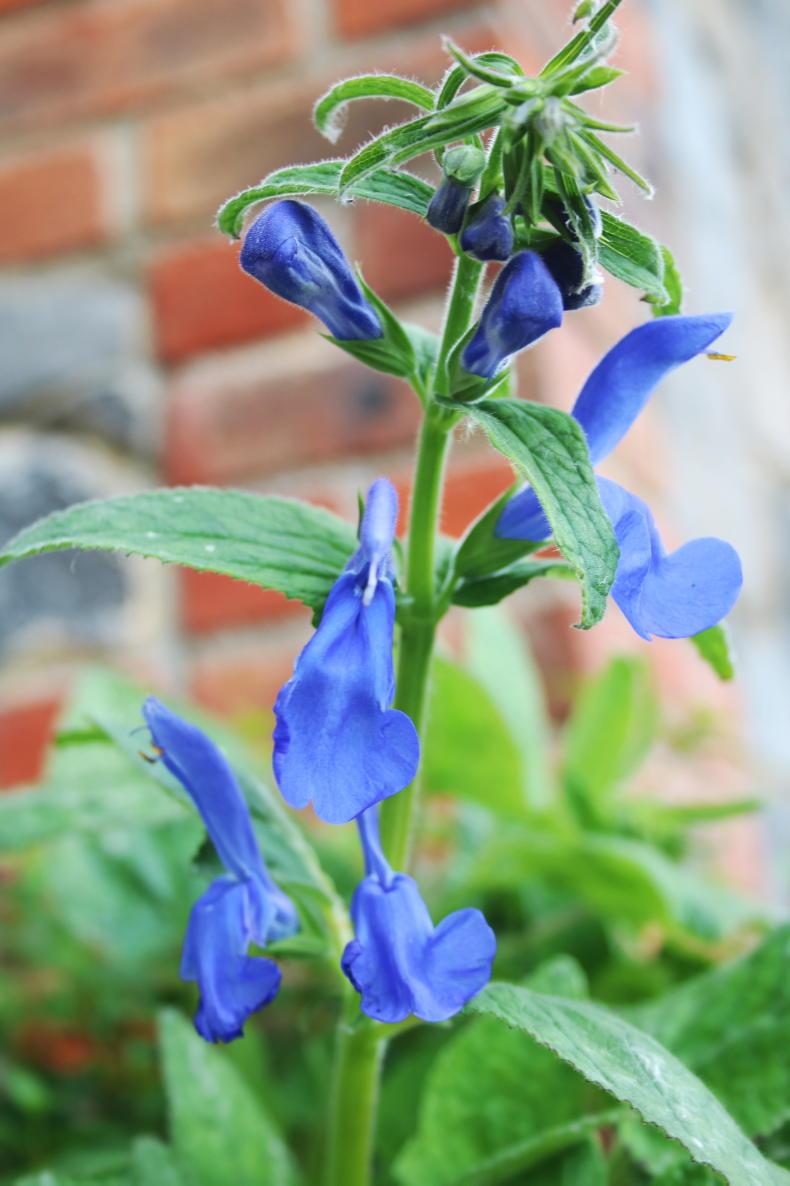
Take cuttings of this tender perennial Salvia patens now to carry through winter. \ Mary Keenan
The construction of our terraced garden is being ably done by my husband Ross. The terraces were made by trenching and moving soil, then constructing retaining walls for the soil. Our aim was to minimise views onto tall, bland faces of retaining walls and having too many steps while allowing plenty of space for planting areas to soften the overall effect. To tie in with the design detail of the house we opted for stone retaining walls and some brick detailing in the steps. We surfaced the level terrace areas with pavement and gravel and incorporated raised planting beds filled with good topsoil and edged with railway sleepers. We have used the same pavement throughout to seamlessly knit each aspect of our terraced garden together, including the steps.
Planting
As each of the terraces and planting areas was completed, I couldn’t wait to add soil and plants that are suited to the light and growing conditions of each of the beds. Terraced flower beds generally allow for excellent soil drainage and great visibility, so height is also an important consideration when it comes to the choice of plants. Each bed has a layered planting structure with tall, medium-size, and short plants. The beds facing north are in shade for much of the day and these are being planted with hostas, hydrangeas, ferns, and other shade-loving plants such as Astilboides tabularis, Brunnera, Podophyllum and dwarf skimmias for evergreen interest. The plant selection for beds in the sunnier aspects include roses, agapanthus, sedum, ornamental grasses, hardy geraniums, salvia, nepeta, monarda and eryngiums. We also plan to strategically position pots planted with eucomis and cannas. These will provide exotic vibes during the summer months and will be brought indoors into a polytunnel for winter protection.
We can now look forward to this once-troublesome slope becoming possibly one of our favourite spots in the garden.
Hydrangea season
August is the month when hydrangeas reach their flowering peak in our garden and, this year, all the rain has kept them well hydrated enabling them to put on showstopping displays. Hydrangeas love water, the clue is in the name Hydra. I wasn’t always the biggest fan of hydrangeas, especially the traditional pink mopheads, which I find rather finicky. Then I discovered the more extensive range of the family and in more recent years I have come to really value their late-season injection of colour into the garden. There are many different types of hydrangeas apart from the well-known, flamboyant mopheads (Hydrangea macrophylla varieties), each with their own particular charms.
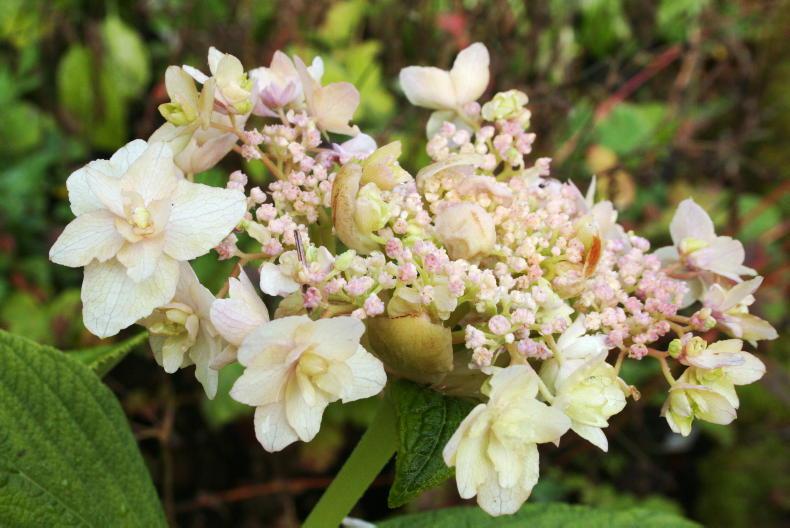
Late-flowering Hydrangea involucrata ‘Tokada Yama’. \ Mary Keenan
In full bloom at the moment are the panicle hydrangeas with their large, showy, cone-shaped flowerheads in white, cream or lime-green. The flowers of Hydrangea paniculata ‘Early Sensation’ open delicious cream and then become splotched and washed with pink, deepening to almost crimson as autumn advances. Probably the most dramatic of all the hydrangeas, H. arborescens ‘Annabelle’ produces enormous, football-sized globes of creamy white. Other late summer hydrangeas coming into their own now include the imposing H. aspera Villosa Group with huge, velvety, tactile leaves and massive lacecap flowers in white and violet purple. It needs a bit of elbow room as it can reach over two metres high and as much across. Even if it never flowered, the oak-leaved hydrangea, H. quercifolia, is also worthy of a place in the garden for its distinctive, architectural foliage, which turns brilliant red and orange before it falls. One of the latest flowering hydrangeas in our garden is H. involucrata ‘Tokada Yama’; a lovely but rarely cultivated form with distinctive, egg-like buds that open into loose lacecaps of double, creamy pink florets in a delicate shade of dusty pink.
Take cuttings of tender perennials
The middle of August is a great time to propagate and multiply plants like Pelargonium, Fuchsia, Plectranthus and tender perennials like Osteospermum, Salvia and Penstemon from cuttings. These will be an insurance policy for potential losses in winter.
By getting these rooted and off to a good start in small pots now, they’ll be well established before winter sets in. A cool conservatory, greenhouse or even a bright windowsill out of direct sunlight are good positions for getting young plants going.
If you are rooting several cuttings together in a large pot, pot them on individually into 7cm pots when they have produced roots. Keep them evenly moist, avoiding extremes of either dry or wet, and overwinter the young plants in a frost-free location. Plant them out when conditions are favourable next year.
This month’s to-do list
Keep early-flowering shrubs such as Camellia and Rhododendron well-watered during dry periods to ensure good flower bud initiation.
Collect any ripened seed from flowers and vegetables and either sow fresh if appropriate or store to use next year.
Lightly trim back lavender as the flowers begin to fade to tidy up the plant, making sure not to cut into old wood
Dates for your diary
Sunday 27 August: Irish Specialist Nurseries Association (ISNA) Plant Fair. Time: 9.30am to 5pm. Venue: Airfield Estate, Dundrum, Co Dublin. Specialist plant nurseries and other stalls selling garden-related items. Saturday 12 to Sunday 20 August: National Heritage Week. Check out heritageweek.ie for details of special garden openings across the country.
Mary Keenan and Ross Doyle run Gash Gardens, Co Laois open to the public. gashgardens.ie
Read more
Mary Keenan’s Garden Diary: ways with roses
Mary Keenan's Garden Diary: mind the gaps
Our house is located on a site that slopes from front to back. It was built into the slope in such a way that we ended up with a messy, disjointed arrangement of different levels at the back of the house and one back door even had a two-metre drop to the ground level. We have never had the time to resolve the slope at the back, except to gradually pile infill material over the years with a view to eventually creating a series of level terraces and planted areas linked by steps. This year, we have finally begun work on this area.
Practical solution
While terracing probably sounds like something posh, it’s a very practical solution that can create a usable and unique outdoor space and garden where before only a slope existed. Sloped gardens are often viewed as problem sites, but they present fantastic creative opportunities and open new ways to experience and view a garden, whether it’s from up high, or down below.
In developing the design for our terraced garden, we considered the views both to and from the house. We opted for an arrangement of terraces that offers a combination of an east-facing aspect for morning sun, a sunny, south-facing aspect for sitting and dining outdoors and a shady and sheltered north-facing aspect. When you’re considering a terraced garden, it works well if you can give each terraced level a specific purpose; for instance, a place for relaxing in the sun, socialising, or dining, areas for storage, playing, or adding a water feature or pond or maybe a hot tub. The sizing of each level terrace is determined by its specific purpose.

Take cuttings of this tender perennial Salvia patens now to carry through winter. \ Mary Keenan
The construction of our terraced garden is being ably done by my husband Ross. The terraces were made by trenching and moving soil, then constructing retaining walls for the soil. Our aim was to minimise views onto tall, bland faces of retaining walls and having too many steps while allowing plenty of space for planting areas to soften the overall effect. To tie in with the design detail of the house we opted for stone retaining walls and some brick detailing in the steps. We surfaced the level terrace areas with pavement and gravel and incorporated raised planting beds filled with good topsoil and edged with railway sleepers. We have used the same pavement throughout to seamlessly knit each aspect of our terraced garden together, including the steps.
Planting
As each of the terraces and planting areas was completed, I couldn’t wait to add soil and plants that are suited to the light and growing conditions of each of the beds. Terraced flower beds generally allow for excellent soil drainage and great visibility, so height is also an important consideration when it comes to the choice of plants. Each bed has a layered planting structure with tall, medium-size, and short plants. The beds facing north are in shade for much of the day and these are being planted with hostas, hydrangeas, ferns, and other shade-loving plants such as Astilboides tabularis, Brunnera, Podophyllum and dwarf skimmias for evergreen interest. The plant selection for beds in the sunnier aspects include roses, agapanthus, sedum, ornamental grasses, hardy geraniums, salvia, nepeta, monarda and eryngiums. We also plan to strategically position pots planted with eucomis and cannas. These will provide exotic vibes during the summer months and will be brought indoors into a polytunnel for winter protection.
We can now look forward to this once-troublesome slope becoming possibly one of our favourite spots in the garden.
Hydrangea season
August is the month when hydrangeas reach their flowering peak in our garden and, this year, all the rain has kept them well hydrated enabling them to put on showstopping displays. Hydrangeas love water, the clue is in the name Hydra. I wasn’t always the biggest fan of hydrangeas, especially the traditional pink mopheads, which I find rather finicky. Then I discovered the more extensive range of the family and in more recent years I have come to really value their late-season injection of colour into the garden. There are many different types of hydrangeas apart from the well-known, flamboyant mopheads (Hydrangea macrophylla varieties), each with their own particular charms.

Late-flowering Hydrangea involucrata ‘Tokada Yama’. \ Mary Keenan
In full bloom at the moment are the panicle hydrangeas with their large, showy, cone-shaped flowerheads in white, cream or lime-green. The flowers of Hydrangea paniculata ‘Early Sensation’ open delicious cream and then become splotched and washed with pink, deepening to almost crimson as autumn advances. Probably the most dramatic of all the hydrangeas, H. arborescens ‘Annabelle’ produces enormous, football-sized globes of creamy white. Other late summer hydrangeas coming into their own now include the imposing H. aspera Villosa Group with huge, velvety, tactile leaves and massive lacecap flowers in white and violet purple. It needs a bit of elbow room as it can reach over two metres high and as much across. Even if it never flowered, the oak-leaved hydrangea, H. quercifolia, is also worthy of a place in the garden for its distinctive, architectural foliage, which turns brilliant red and orange before it falls. One of the latest flowering hydrangeas in our garden is H. involucrata ‘Tokada Yama’; a lovely but rarely cultivated form with distinctive, egg-like buds that open into loose lacecaps of double, creamy pink florets in a delicate shade of dusty pink.
Take cuttings of tender perennials
The middle of August is a great time to propagate and multiply plants like Pelargonium, Fuchsia, Plectranthus and tender perennials like Osteospermum, Salvia and Penstemon from cuttings. These will be an insurance policy for potential losses in winter.
By getting these rooted and off to a good start in small pots now, they’ll be well established before winter sets in. A cool conservatory, greenhouse or even a bright windowsill out of direct sunlight are good positions for getting young plants going.
If you are rooting several cuttings together in a large pot, pot them on individually into 7cm pots when they have produced roots. Keep them evenly moist, avoiding extremes of either dry or wet, and overwinter the young plants in a frost-free location. Plant them out when conditions are favourable next year.
This month’s to-do list
Keep early-flowering shrubs such as Camellia and Rhododendron well-watered during dry periods to ensure good flower bud initiation.
Collect any ripened seed from flowers and vegetables and either sow fresh if appropriate or store to use next year.
Lightly trim back lavender as the flowers begin to fade to tidy up the plant, making sure not to cut into old wood
Dates for your diary
Sunday 27 August: Irish Specialist Nurseries Association (ISNA) Plant Fair. Time: 9.30am to 5pm. Venue: Airfield Estate, Dundrum, Co Dublin. Specialist plant nurseries and other stalls selling garden-related items. Saturday 12 to Sunday 20 August: National Heritage Week. Check out heritageweek.ie for details of special garden openings across the country.
Mary Keenan and Ross Doyle run Gash Gardens, Co Laois open to the public. gashgardens.ie
Read more
Mary Keenan’s Garden Diary: ways with roses
Mary Keenan's Garden Diary: mind the gaps










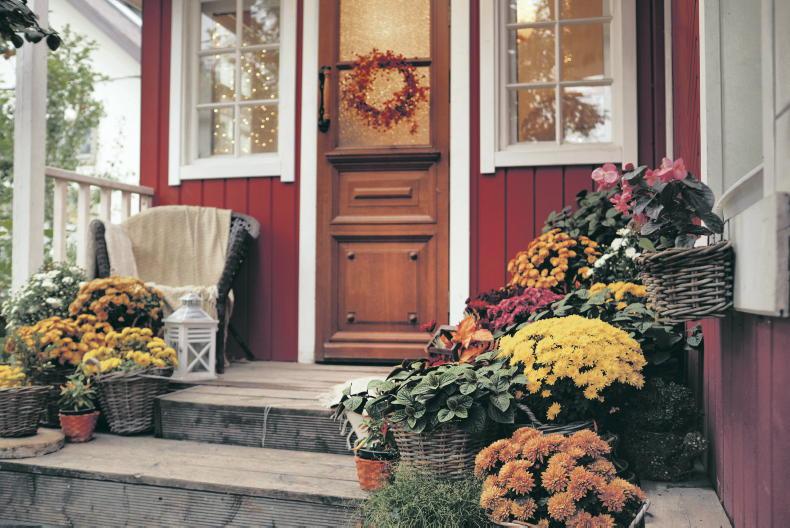
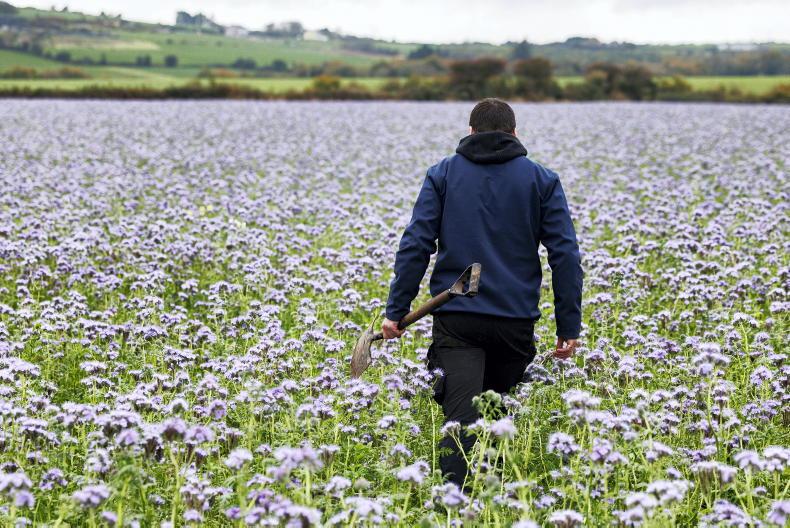
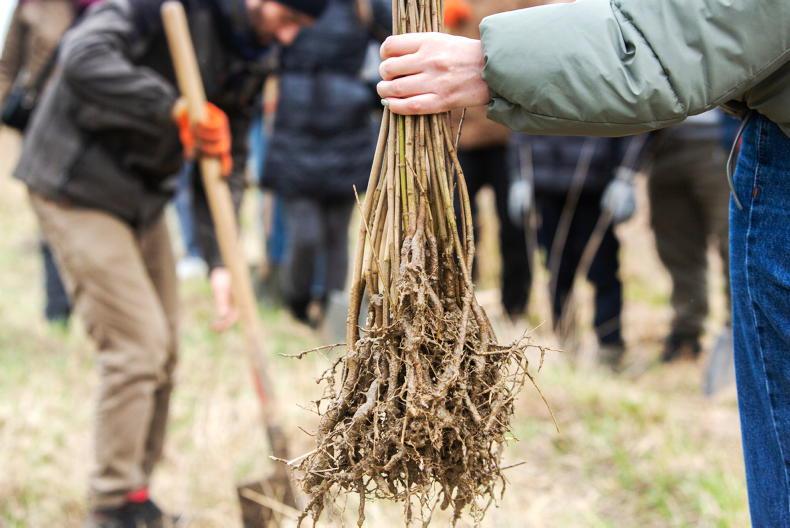
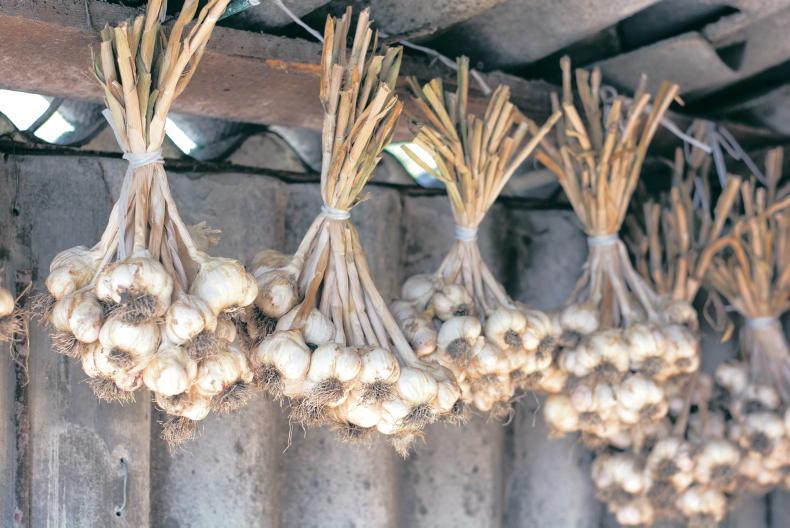
SHARING OPTIONS